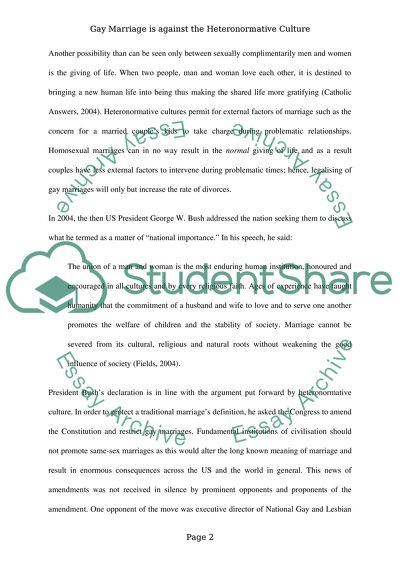Cite this document
(“Gay marriage is against the heteronormative culture Essay”, n.d.)
Retrieved from https://studentshare.org/sociology/1404023-do-you-agree-that-gay-marriage-merely-upholds
Retrieved from https://studentshare.org/sociology/1404023-do-you-agree-that-gay-marriage-merely-upholds
(Gay Marriage Is Against the Heteronormative Culture Essay)
https://studentshare.org/sociology/1404023-do-you-agree-that-gay-marriage-merely-upholds.
https://studentshare.org/sociology/1404023-do-you-agree-that-gay-marriage-merely-upholds.
“Gay Marriage Is Against the Heteronormative Culture Essay”, n.d. https://studentshare.org/sociology/1404023-do-you-agree-that-gay-marriage-merely-upholds.


